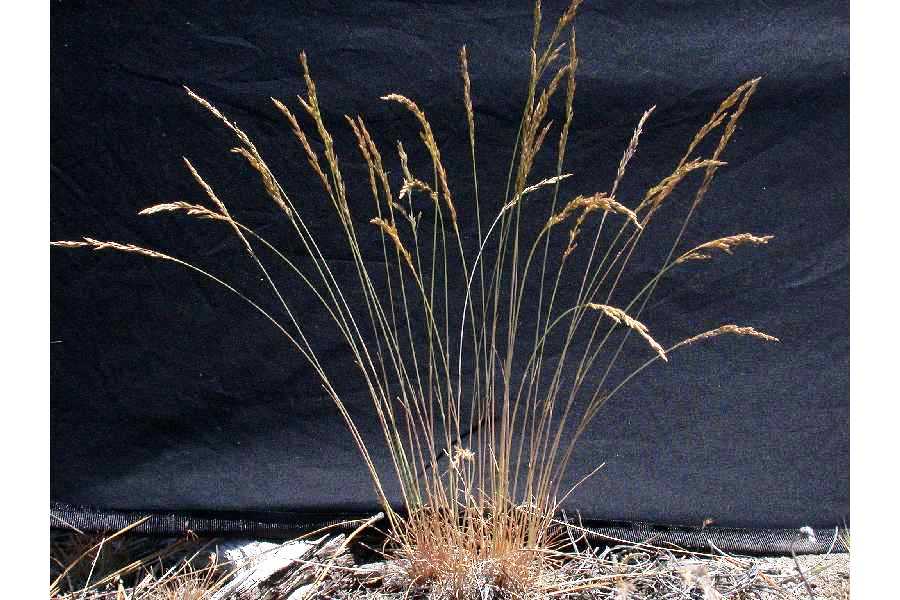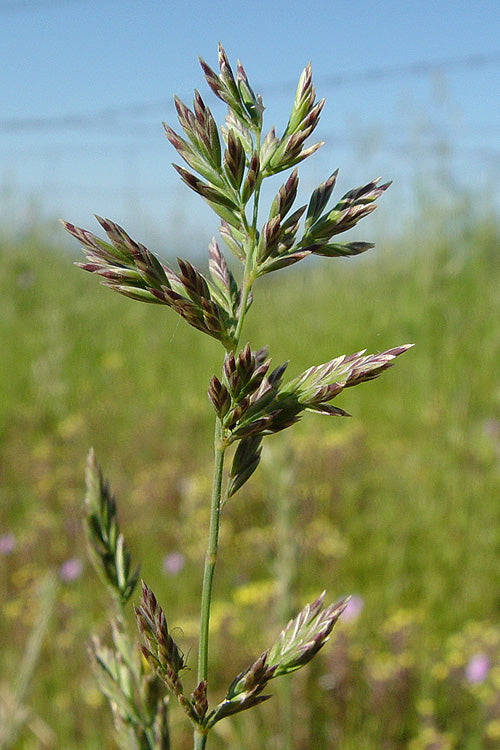

Splitrock Environmental
Sandberg Bluegrass
$3.50
Sandberg Bluegrass has a very short basal tuft with long, mostly bare stalks with seed heads on the ends. It is highly drought resistant, and as a result is reliable forage for cattle and wildlife.
| Latin Name | Poa secunda P. sandbergii | |
| Type | Grass | |
| Description | Sandberg Bluegrass has a very short basal tuft with long, mostly bare stalks with seed heads on the ends. It is highly drought resistant, and as a result is reliable forage for cattle and wildlife. | |
| Height and Spread | Up to 30 cm tall. | Up to 15 cm spread. |
| Bloom Colour | Does not have visible flowering. | |
| Bloom Months | N/A |
|
| Foliage Colour | Darker green. | |
| Seed Months | June/July | |
| Light and Water | Grows in open grasslands and forests. | Grows in dry conditions, in well drained soils. |
| Ethnobotany Information | This grass is fairly small and it is difficult to collect a large number of seeds. Because of this, Sandberg Bluegrass was used in limited ways as a food source by indigenous peoples, but not widely. | |
| Wildlife Uses | Sandberg Bluegrass is an important forage grass for many species of wildlife and domesticated animals because it is very hardy and drought resistant, making it a reliable food source. | |
| Garden Uses | Sandberg Bluegrass is commonly used, along with other species, to stabilize loose soil. It can also be used ornamentally, as it has a beautiful reddish colour in its stems later in the season. | |
| Facts | Sandberg Bluegrass has many different common names, including Alkali Bluegrass, Pacific Bluegrass, Nevada Bluegrass, and Slender Bluegrass. | |
| Propagation Techniques | Sandberg Bluegrass can be readily propagated from seed. | |
Your cart is empty
Continue shopping

